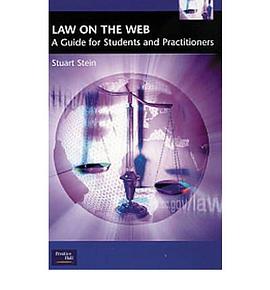

具體描述
A study of research and development at Thomas Edison's Menlo Park (New Jersey) laboratory during the six years between 1876 and 1882 that transformed American life. Edison and his associates developed ideas that led to more than 400 patents and made major contributions to telegraphy, telephony and the duplication of texts. They also made breakthrough innovations in two age-old human quests: conquering the darkness of night and preserving and replaying sound. In the process, Edison demonstrated how to combine technological innovation and business strategy. Afterward, research and development became essential corporate activities. Six experts on Edison's work deal in turn with the working conditions and the experiences at Menlo Park; the work culture of machinists and their impact on innovation; the role that telegraphy played in forming the lab's inventive activities; Edison's use of mental models in developing the telephone; the importance of visual communication in technology; and the significance of Menlo Park as a model of scientific and technological development. William Pretzer's introduction to the volume provides the context of Edison's career, while an epilogue explains the public interpretation of the Menlo Park laboratory as reconstructed by Henry Ford in his outdoor museum, Greenfield Village.
著者簡介
圖書目錄
讀後感
評分
評分
評分
評分
用戶評價
相關圖書
本站所有內容均為互聯網搜索引擎提供的公開搜索信息,本站不存儲任何數據與內容,任何內容與數據均與本站無關,如有需要請聯繫相關搜索引擎包括但不限於百度,google,bing,sogou 等
© 2025 book.quotespace.org All Rights Reserved. 小美書屋 版权所有




















